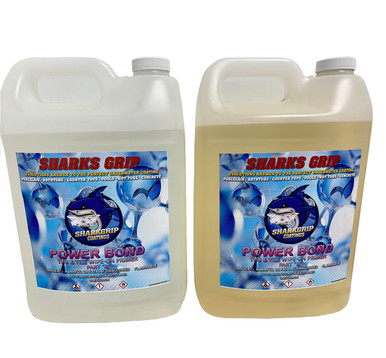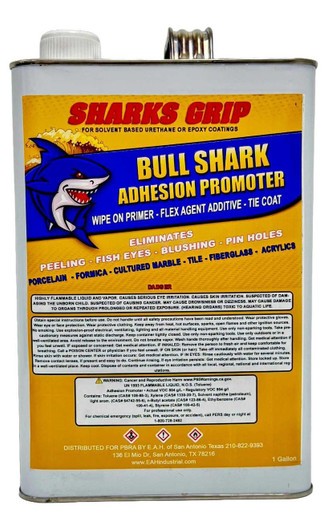Why Mils Matter ? Double your impact resistance
| |||||||||||||||||||||||||||||||||||||||||||||||||||||||||||||||||||||||||||||||||||||||||||||||||||||||||||||||||||||||||||||||||||||||||||||||||||||||||||||||||||||||||||||||||||||||||||||||||||||||||||||||||||||||||||||||||||||||||||||||||||||||
Recent Posts
-
“Professional Refinishers: Are You Still Spraying Over Old Junk?
Understanding Common Coating Failures in the Bathtub Refinishing Industry And How to Deter …Apr 21st 2025 -
Melt Down vs. EZ Flow: What's the Difference?
Melt Down vs. EZ Flow: What's the Difference? Refinishers often ask us to explain the diffe …Apr 2nd 2025 -
Wait… Did You Just Say PAINT? “Bathtub Refinishing Pros Don’t Use Paint—Here’s Why”
Wait… Did You Just Say PAINT? “Bathtub Refinishing Pros Don’t Use Paint&m …Feb 16th 2025








